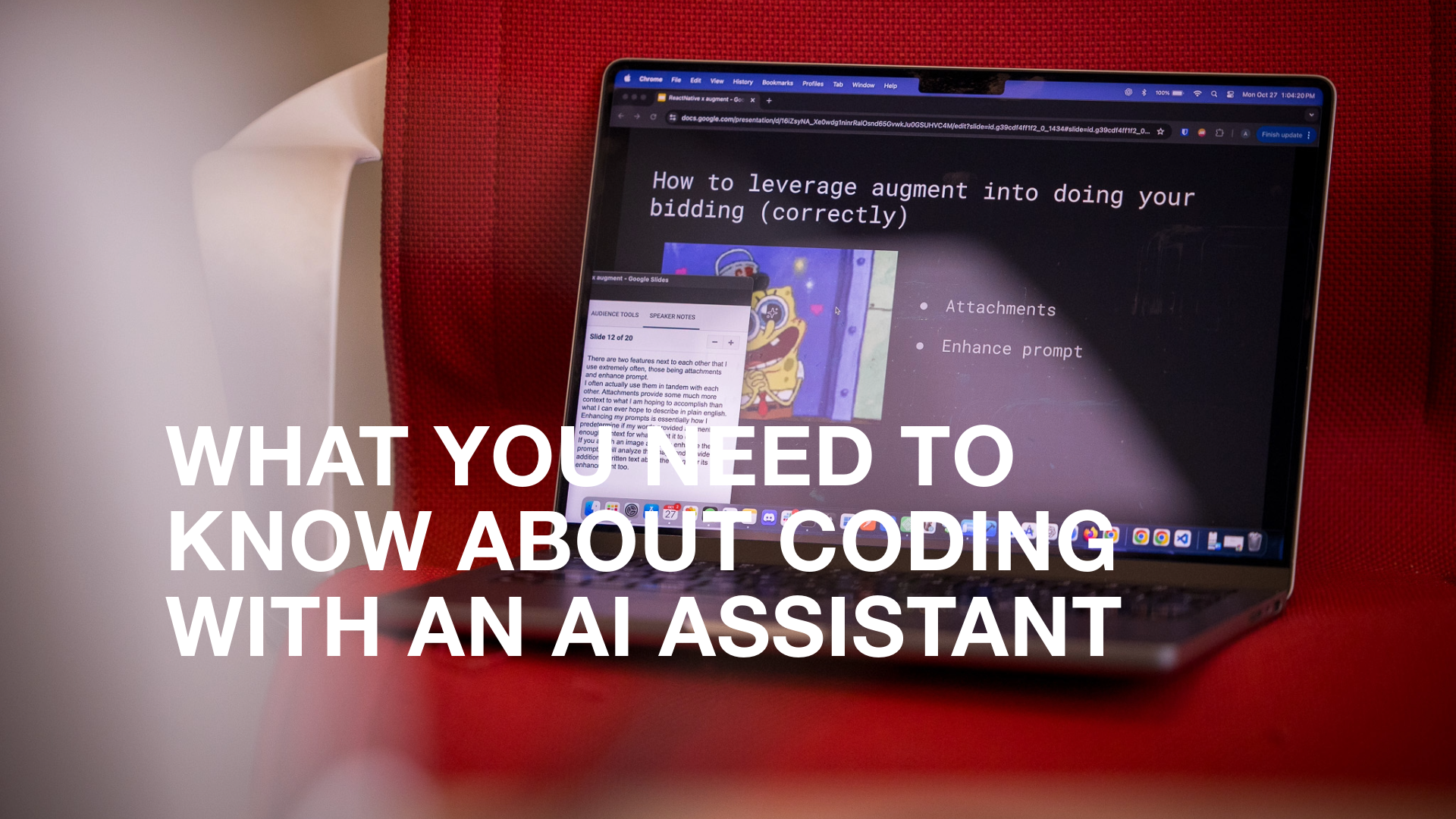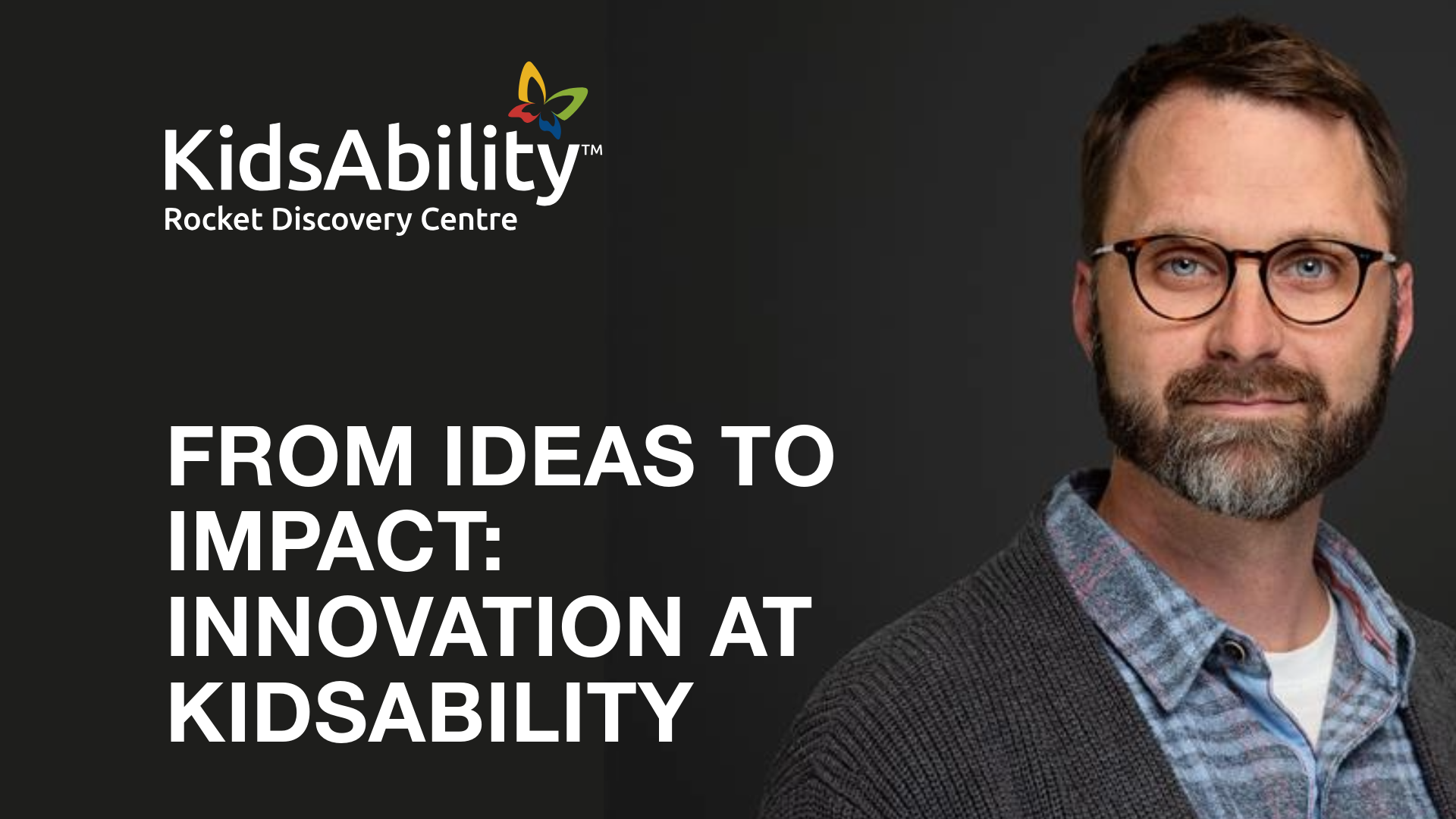Have you ever had that experience where you’re looking at buying a new car (or any major purchase really) and you start to see that car everywhere you go?
Over the weekend, Attila Schmidt, our Director of User Experience, and I attended Fluxible 2019 here in Waterloo. Over the two days of the conference, we couldn’t help but to see the impact user experience has on our daily lives.
Fluxible is celebrating eight years of bringing user experience professionals together to look at the present and future of user interaction design. Fluxible isn’t just a conference – it’s a week long series of brown bag lunch meetups and site tours around Waterloo Region that leads up to two days of speakers from around the world at the Centre for International Governance Innovation (CIGI) building in Waterloo.

Fluxible is a unique conference. It’s a user experience conference organized and run by user experience practitioners – including conference founders Mark Connolly and Robert Barlow-Busch. While the conference is a paid ticket, they offer free daily brown bag lunch meetups and evening activities during the week to bring more people into the conversations.
Here’s our top three takeaways from our time at Fluxible 2019 –
Stop saying “you’re not using it right”. You designed it wrong.
Setting the stage for one of our favourite talks, Fluxible organizers gave the conference’s first content warning before a talk. Based in London, Ontario, emergency physician Tarek Loubani works with the Glia Project who design high-quality, low-cost, open source medical hardware that can be manufactured anywhere.
Loubani talked about the harrowing work he and others do as volunteer emergency physicians in Gaza. Tools we take for granted, such as stethoscopes and tourniquets, are the difference between life and death in areas like Gaza. The Glia Project has produced a $3 version of the world’s best selling $300 stethoscope that can be 3D printed that works just as well (and in some cases better) than the $300 model.
Loubani’s talk focused on design problems with the tourniquet. One of the problems was the packaging. Based on price, a bag was chosen that opened at the bottom instead of at the top by the cardboard product tag. This confused physicians in the field whose cognitive memory of consumer packaging has you always try to open at the top. This added a five-second delay to the time it took to open the package – critical time when trying to treat a patient. We see unintended problems like this often when startups design MVPs using the Lean Startup method.
There was also feedback from the field that tourniquets were breaking – but the response was that they were not being used right. Loubani experience three out of four tourniquets breaking during his last time working in Gaza and was able to get the tourniquets re-designed. The original design had them working at four turns and breaking at five – but in the field under gunfire, physicians and volunteer EMTs were not counting. The re-engineered tourniquets can now support five times the force that is needed to work correctly.
Everything that is going to be invented will need design.
Fifteen years ago, no one specialized in designing interfaces for a five inch piece of glass that your touched with your finger. Ten years ago, interaction designers hadn’t begun to get into the intricacies of designing voice interactions for a cylinder that sits next to your couch.
Zendesk’s Principal Designer Bill DeRouchey opened his talk with a look at how much technology can change during our careers. For those at their mid-career (~45 year-olds), technologies like the world wide web, mobile phones, and cloud computing hadn’t been invented when they began their careers. Over the last 20 years, these technologies have become commonplace – and user experience design has played a major role in how we use them every day.
He then went through a laundry list of technologies emerging today; synthetic reality, deep fakes, autonomous vehicles, drones, 3D printing, nanotechnology, and material science to name a few. These are all technologies that will need to be designed – and the user experience professionals at their early-career (~25 year-olds) will be the ones who shape these interactions.

DeRouchey’s advice: learn one new topic every month. His suggestion is to omit July and December for holidays and focus on ten topics a year. We’re going to start a “tech topic book club” and meet once a month to discuss our own deep dives into a new topic.
There’s no “right question”.
If you’ve ever done a user research session, you’ve most likely spent more time than you’d like to admit coming up with the perfect questions. Meena Kothandaraman, a senior strategist at Boston-based twig+fish, challenged attendees to stop doing that – and instead focus on how we can get people to open up and share all the interesting nuggets, experiences, and insights that are what we really need.
Kothandaraman shared a few great ways that we can provide participants with platforms to help them articulate their thoughts – and create a fun and engaging space for them to do it.
“It’s your job as a researcher to get people comfortable to start talking,” said Kothandaraman, “the right question is ‘share your answer’”.

One way is by giving the user an empathy map and letting them take the time to complete it. Instead of starting with what you are interested in, let them start from whatever point they feel is important to them. An empathy map can also become a great shared artifact for both you and the user to continue to write on during the interview.
Later in the day, Carolyn MacGregor took the stage to share her favourite research tool – “the fly on the wall”. MacGregor is the Associate Chair Undergraduate Studies, Systems Design Engineering at the University of Waterloo and identifies herself as an introvert. For her, “the fly on the wall” is her way of observing users to get their full, honest experience. Like Kothandaraman, MacGregor wants to give the user the freedom to express their feedback without judgement.

Fluxible is not a conference where you come out with new tools to apply in daily practice. Instead, the speakers at Fluxible ask you to look at the emerging patterns in user experience design – and what those changes mean to the ethos of user experience.
We’d love to hear what your takeaways from Fluxible were – let us know in the comments.




